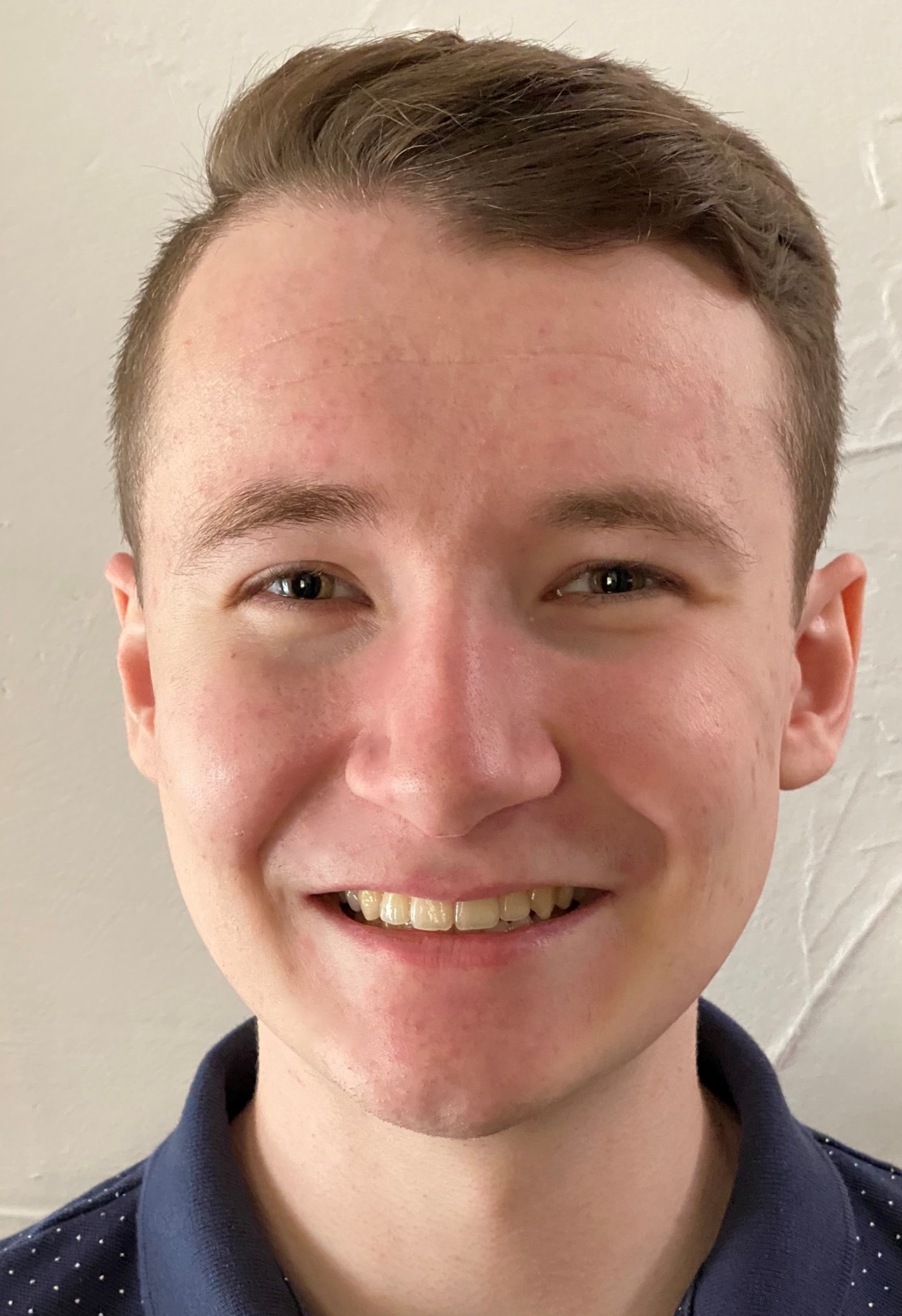About me
I completed a master’s course in Chemistry at The University of Sheffield, achieving a first-class honours degree, in 2021. During the 3rd year of my degree, I was required to write a literature review after being assigned to Dr Benjamin Partridge. From a selection of potential topics, I decided to do this on the preparation and activity of oxaboroles, heterocyclic boron-containing compounds. Oxaboroles are therapeutically beneficial, a noteworthy example being Tavaborole used for the treatment of onychomycosis. Completion of the literature review sparked my interest in the mechanisms of action of drugs, thus, I continued to work with Dr Partridge for my final year project on the synthesis of structurally similar molecules, oxaborins, that have been seldom explored in the literature. Here, I refined a synthetic route to a saturated oxaborin and explored how the electronic properties of the δ-phenyl group affected the outcome of the synthesis. When selecting a PhD project, it therefore felt natural to do something with a mechanistic, biological, and potentially medicinal foci. A large portion of the project also entails organic synthesis which I really enjoy.
My research
Interstrand crosslinks (ICLs), a type of DNA damage that covalently links two strands of the DNA duplex together, are mutagenic and genotoxic. They can be derived from both endogenous and exogenous sources, for instance, from acetaldehyde derived from alcohol metabolism or chemotherapeutic agents such as cisplatin, respectively. Repair of such ICLs, specifically those derived from cisplatin (Pt-ICLs), occurs through the Fanconi Anaemia (FA) pathway of repair. A mutation leading to a loss-of-function in any one of the FA gene products causes Fanconi Anaemia, a recessive autosomal inherited genetic disorder. Among patients with FA, congenital defects are common, and 90% of cases lead to bone marrow failure and eventually cancer. Recently, it was discovered that acetaldehyde derived ICLs appear to be repaired by a second, FA-independent pathway. At present the mechanistic details of this alternative pathway are unclear. The experiments that enabled this discovery took place with the ICL in the centre of the DNA duplex. The initial focus of this PhD is to determine whether repair of an alcohol derived ICL will differ when the ICL is at the terminus of the duplex, where other effects such as fraying can occur, and accessibility of the solvent is increased.
Contact
LinkedIn: none
Twitter: none

